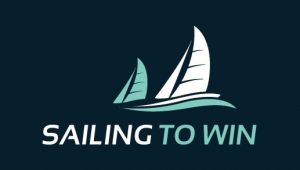

We all love to race but racing is sometimes a slow way to learn how to make your boat faster.
Two boat training is one of the best ways to get rapid on water improvement. Importantly, the training must be structured to get the quickest results.
I have set out below, some elements that will guarantee a successful on-water experience.
Decide what you want to achieve.
if you want to improve your helming technique, sail against a faster sailor. Try different techniques until you find what works. Two boat testing can also be used to identify fast settings for sail trim, rig settings and evaluating different sails.
Map out what you are going to do,
what you want to achieve and how long you are going to spend on each task. This should be done ashore and should involve all crew members getting input from them to ensure they are invested in the outcome.
Make sure both boats are set up the same.
This includes rig settings, crew weight, brand and/or cut of the sails. Where this is not exactly possible, be prepared to analyse the results of the test accordingly making allowances for the differences. It is the changes as the test progresses that is important.
Comparative positioning of the boats.
Make sure you’re sailing in the same wind, the boats have to be close to each other and not disturb each other’s air. Windward-Leeward separation should be no more than 2 to 3 boat lengths and with the leeward boat advanced about half a boat length.
Stable wind and waves.
Ideally, do not attempt the two-boat testing when there are large variations in windspeed and direction. This makes it really hard to evaluate relative performance.
Make one boat the Control boat.
On boat will make one change and the control boat won’t make changes. If you find a change that makes the test boat faster, then both boats should make that change before going on to test another change.
Discuss and Analyse the results.
In a perfect world, you would have a coach videoing and recording the results and then have a three-way chat about what was achieved in each test.
Failing that as an example, after an upwind test, talk with the team on the other boat whilst heading back downwind about what was achieved.
Importantly, to get the most out of the test, honesty is paramount.
Record what worked and what didn’t.
When you hit the beach have a debrief with your testing partner, and make notes for future reference. Mark fast settings on sheets and rig so you can replicate them next time you race.
CLICK HERE to download FREE book!

